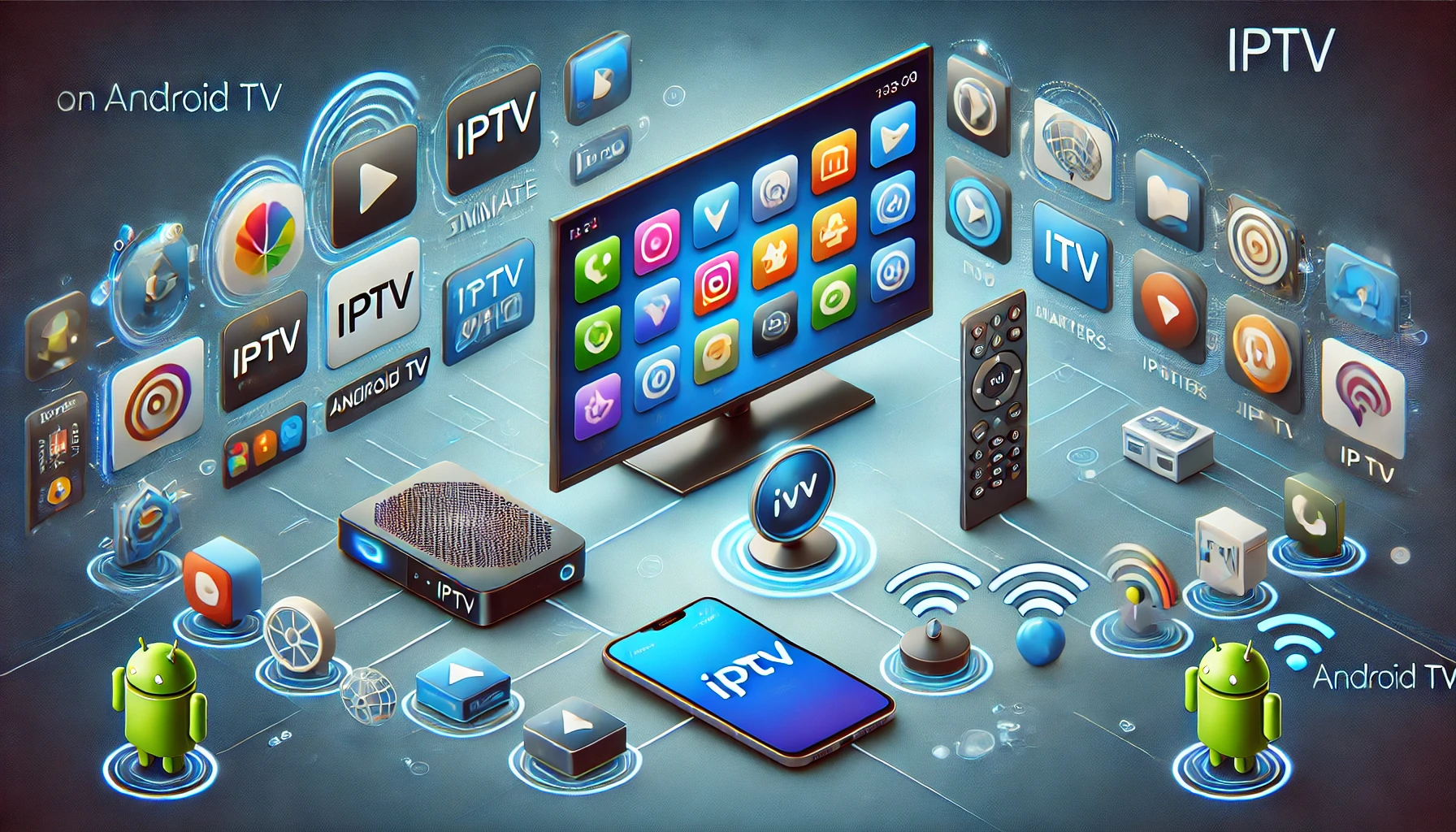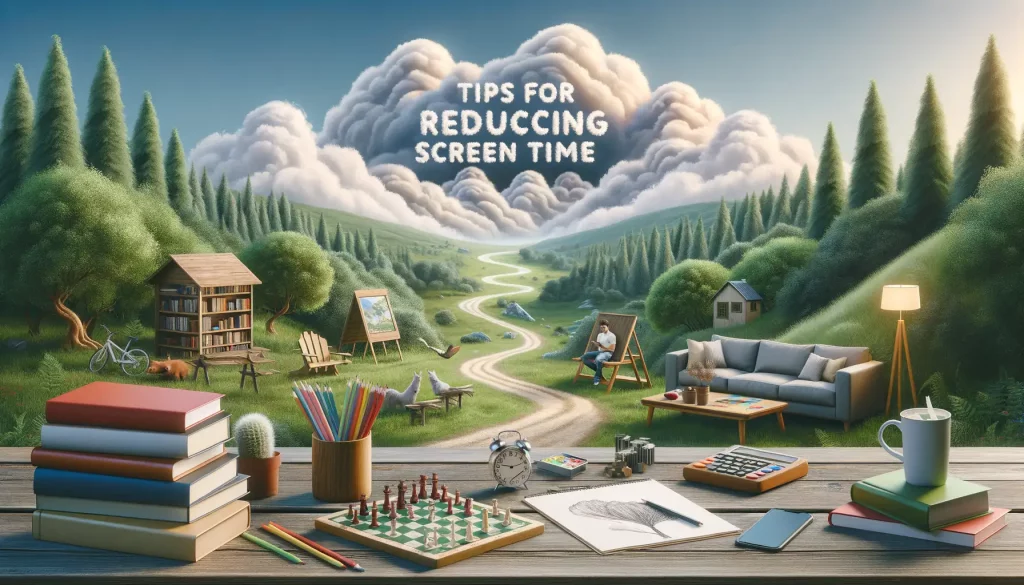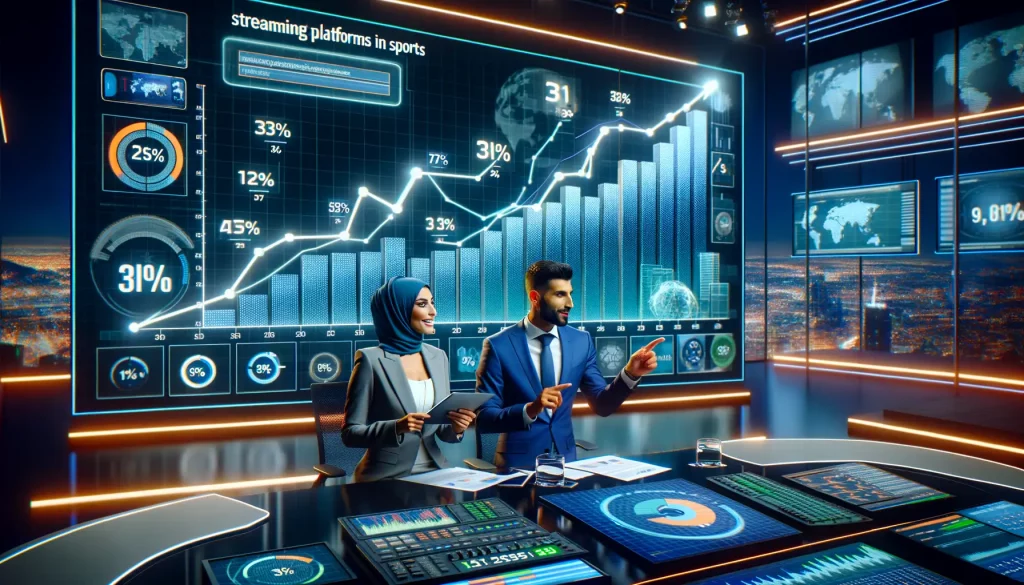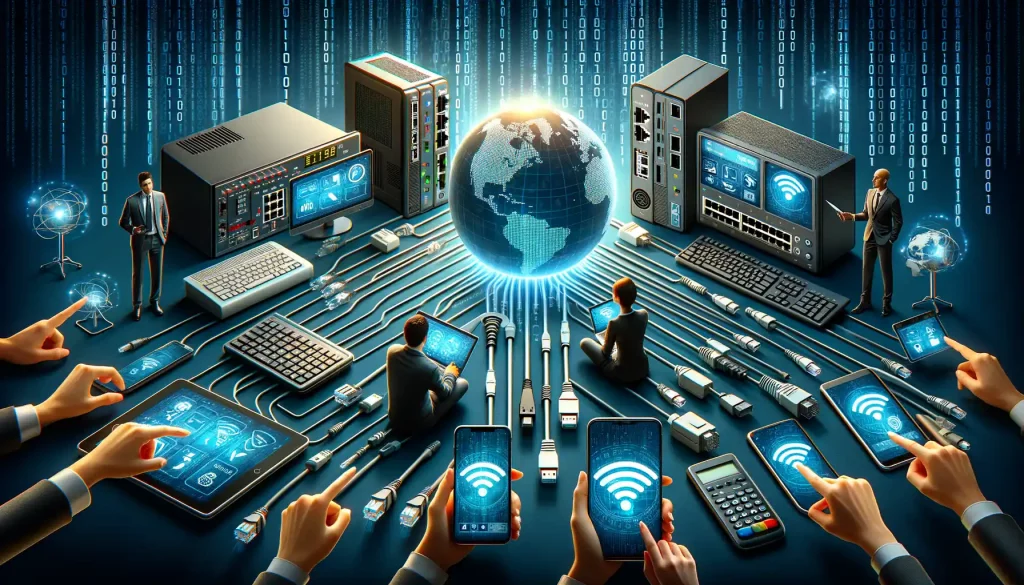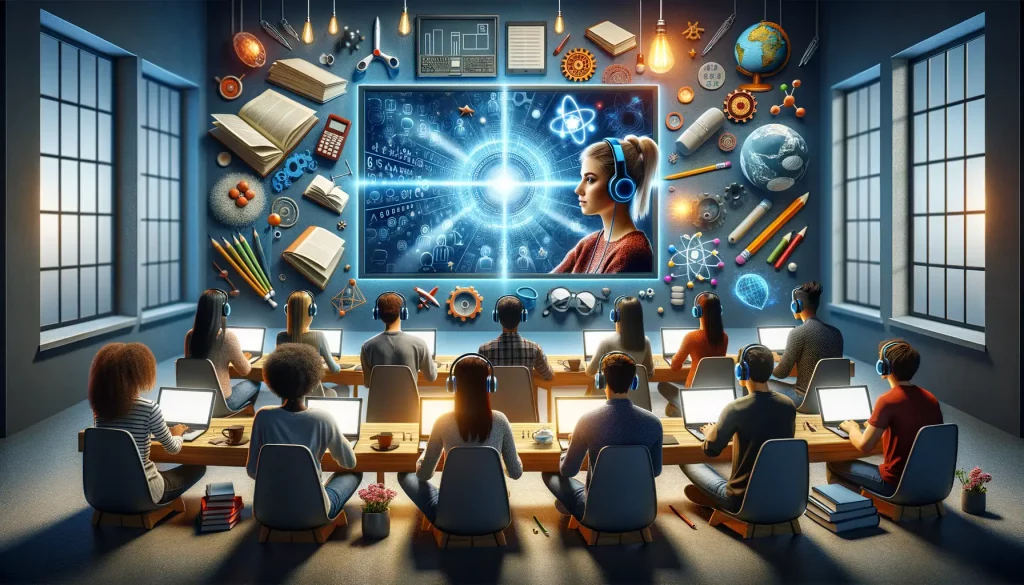Introduction to Streaming in Education
Imagine a classroom without walls, where knowledge flows as freely as your favorite music playlist. That’s the beauty of streaming in education—it’s not just a tool; it’s a gateway to learning anytime, anywhere. Whether it’s live lectures, pre-recorded tutorials, or even interactive Q&A sessions, streaming has transformed how educational content reaches learners. And let’s face it, in today’s digital-first world, traditional methods like textbooks feel as outdated as flip phones.
The Power of Real-Time Connection
Streaming does something extraordinary—it creates a sense of connection, even when students and teachers are miles apart. Picture this: A high schooler in a rural town joins a live science class hosted by a professor at MIT. The student asks questions in real-time, while others chime in with their thoughts from across the globe. That’s not just a lesson; it’s a global conversation.
- Live interaction: Imagine raising your hand digitally and getting answers instantly.
- Replay options: Missed a point? Rewind and review without ever feeling left behind.
By turning any device into a portal for learning, streaming levels the playing field. Who knew a simple internet connection could unlock so much potential?
Advantages of Streaming for Educational Purposes
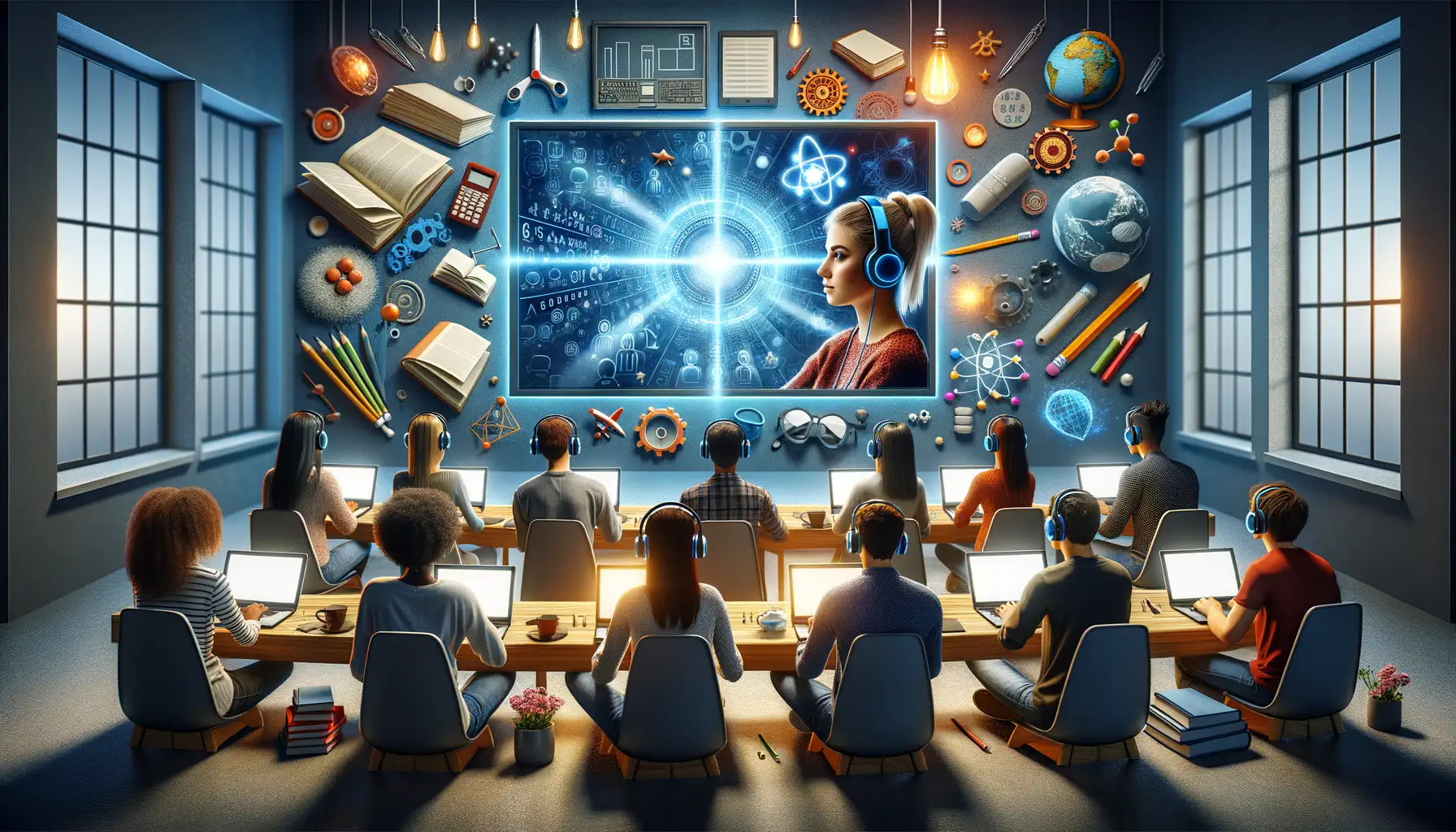
Reach Learning Anywhere, Anytime
Imagine this: a high school student on their morning bus ride, headphones on, diving into a live-streamed physics lecture. Or a curious adult revisiting history lessons during lunch at a café. Thanks to streaming, education is no longer tied to physical classrooms or rigid schedules. It’s portable, like your favorite podcast, but infinitely more enriching.
Streaming opens the door to global access and inclusivity. Whether you’re in a bustling city or a remote village, as long as there’s an internet connection, the world of knowledge is right at your fingertips. Consider this—students from all over the globe can attend lectures by top-tier professionals without even stepping foot outside their home country. No passports. No plane tickets. Just pure learning magic.
Interactive & Engaging Learning Experiences
Streaming isn’t just about passively watching—it’s immersive. Many platforms let learners interact in real time with educators and peers. Questions can be answered instantly, discussions flow naturally, and engagement skyrockets.
Here’s where it gets fun:
- Live polls keep students on their toes, breaking the monotony of traditional lectures.
- Virtual whiteboards let teachers doodle their brilliance while students follow along effortlessly.
- Chat features allow shy participants to chime in without feeling the heat of standing in front of a crowd.
Honestly, it feels less like “education” and more like a Netflix binge—only this time, your future thanks you!
Technological Requirements and Considerations

Setting the Stage: Tools and Tech You’ll Need
Educational streaming isn’t just about hitting the “go live” button. It’s like building a sturdy bridge—you need the right materials to ensure smooth passage for every learner. At its core, streaming requires a blend of hardware and software magic to make lessons come alive.
Here’s the deal: a high-speed internet connection is your lifeline. A sluggish network? That’s a recipe for buffering chaos. We’re talking at least **5 Mbps upload speed** for seamless video sessions. And don’t forget the hardware! An HD camera ensures crystal-clear visuals, while a quality microphone eliminates the dreaded “muffled audio” syndrome. After all, no one wants to guess if you’re saying “mitosis” or “mistakes.”
- Cloud-based platforms: Think Zoom, Microsoft Teams, or Google Meet for live interactions.
- Content delivery networks (CDNs): These ensure videos reach global classrooms quickly, without lag.
- Interactive tools: Quizzes, polls, and real-time chats keep students engaged.
Adapting for Various Devices
Remember, not everyone has the latest tech gadget at their fingertips. Your content needs to shine equally on a smartphone in Lagos and a tablet in Seattle. Opt for **adaptive streaming technology**, which adjusts video quality based on the viewer’s bandwidth. This ensures that whether someone’s on 4G, Wi-Fi, or even a slightly wobbly network, they get an uninterrupted experience.
And here’s a pro tip: always test how your platform performs on low-cost devices—it’s a simple step that can mean the difference between universal access and frustrated learners dropping off mid-lecture.
Challenges Faced in Streaming Educational Content
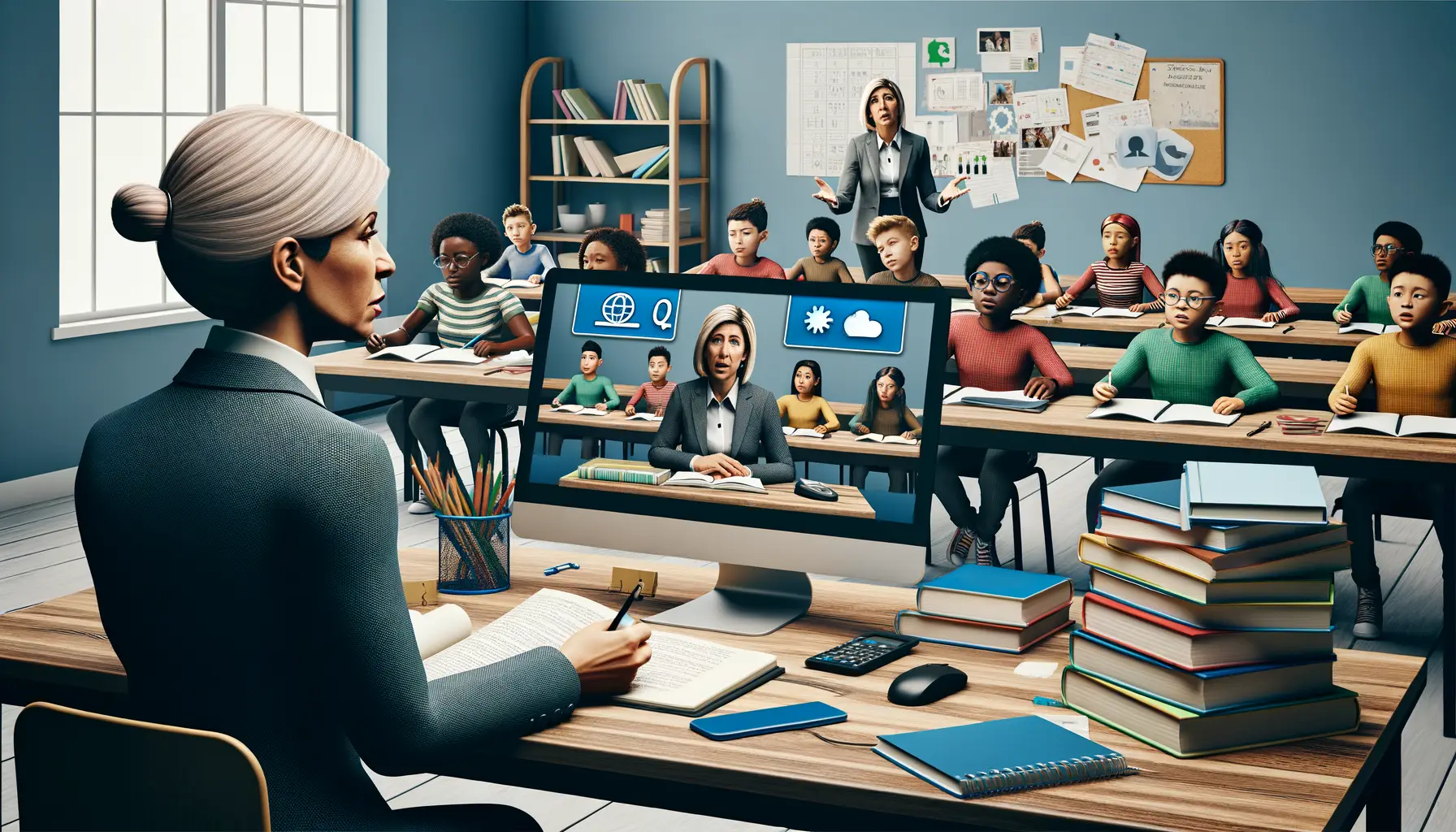
Where Tech Glitches Meet Learning Goals
Let’s face it—streaming educational content isn’t always a walk in the park. It’s more like navigating a maze where every corner holds some unexpected twist. For starters, internet connectivity can be the arch-nemesis of smooth streaming. A lag here, a buffering symbol there, and boom! The flow of an important lecture is disrupted, leaving students frustrated and disengaged.
Then there’s the challenge of ensuring consistent access for all learners. Not everyone has cutting-edge devices or high-speed Wi-Fi at their disposal. Imagine a group discussion being derailed because one student’s microphone won’t cooperate or their video feed resembles a pixelated puzzle. Frustrating, right?
Engagement? Easier Said Than Done
On the other end of the spectrum lies engagement. Picture this: you’re streaming a riveting lesson on the solar system. But instead of excitement, half your students are staring blankly at their screens or, worse, scrolling through unrelated tabs. Keeping attention alive on a digital platform is an art in itself!
- Distractions from multi-tasking devices—the ever-tempting allure of social media is just a click away.
- Creating interactive content that doesn’t feel like a narrated PowerPoint slideshow.
- Ensuring inclusivity for students with diverse learning needs, such as those who require captions or alternate formats.
Streaming for education has enormous potential, but these obstacles remind us there’s still work to be done in making it truly seamless and universal.
Future of Streaming in Education
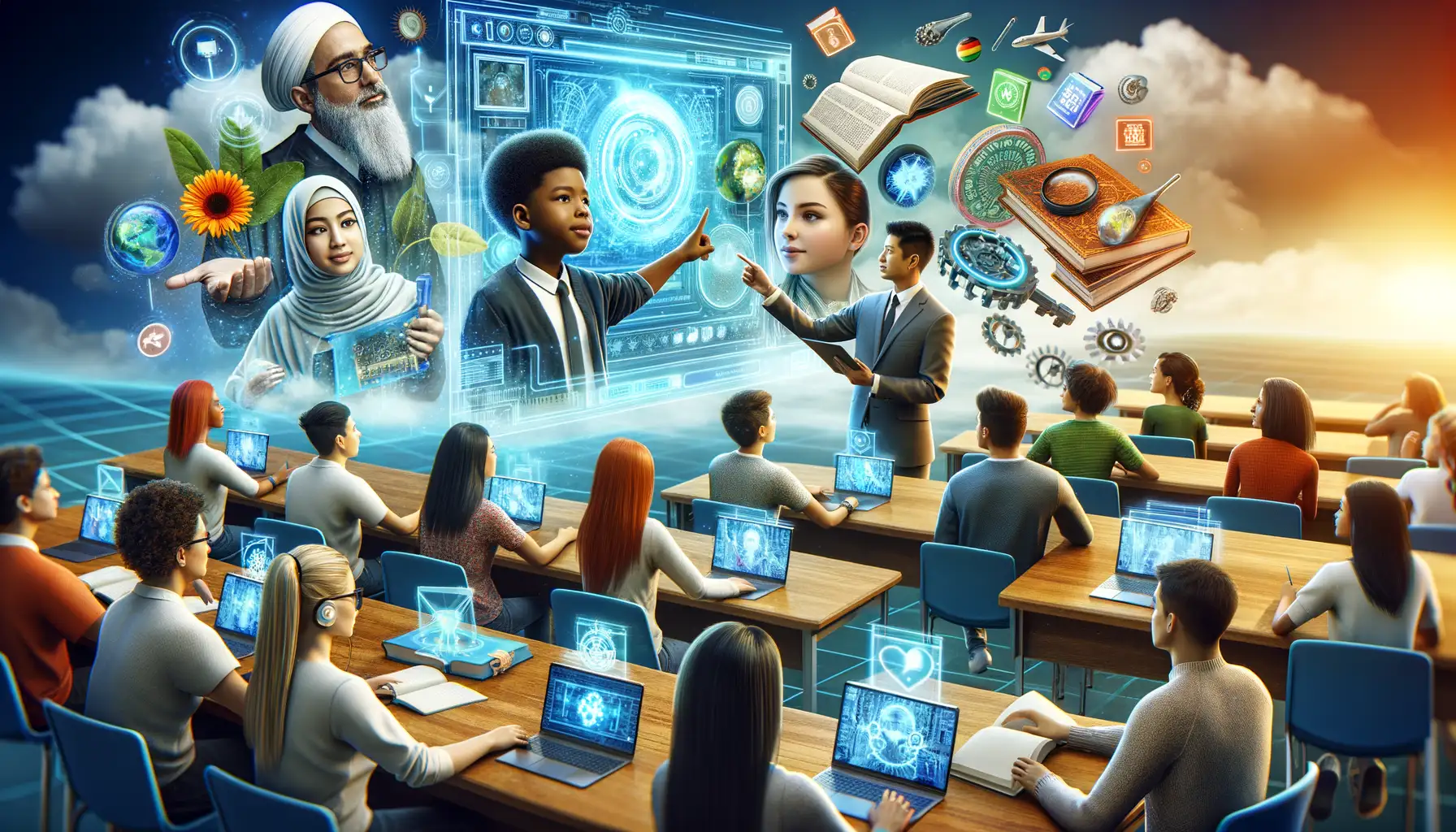
Revolutionizing How We Learn
Imagine a classroom without walls, where students from every corner of the globe gather to learn in real-time. That’s the direction streaming technology is steering us. With platforms like YouTube Live, Zoom, or Twitch EDU evolving rapidly, the concept of a traditional learning space is being flipped on its head. In the near future, lessons won’t just be lectures; they’ll be immersive events blending interactive quizzes, live Q&A sessions, and even AR/VR-enhanced demonstrations.
What’s truly exciting? The potential for personalization. Picture this: A high school student struggling with calculus watches a live-streamed tutorial tailored specifically for visual learners. Or a curious science enthusiast joins an international group dissecting a virtual human heart streamed by med school professors. Suddenly, knowledge feels like it was made just for you.
- AI Integration: AI-driven platforms will recommend real-time streams based on your learning needs.
- Global Reach: Teachers in underrepresented areas could broadcast inspiring lessons across continents.
Streaming may not replace teachers, but it’s morphing into their most powerful ally—breaking down barriers of geography, culture, and access to expand the very definition of “education.”

